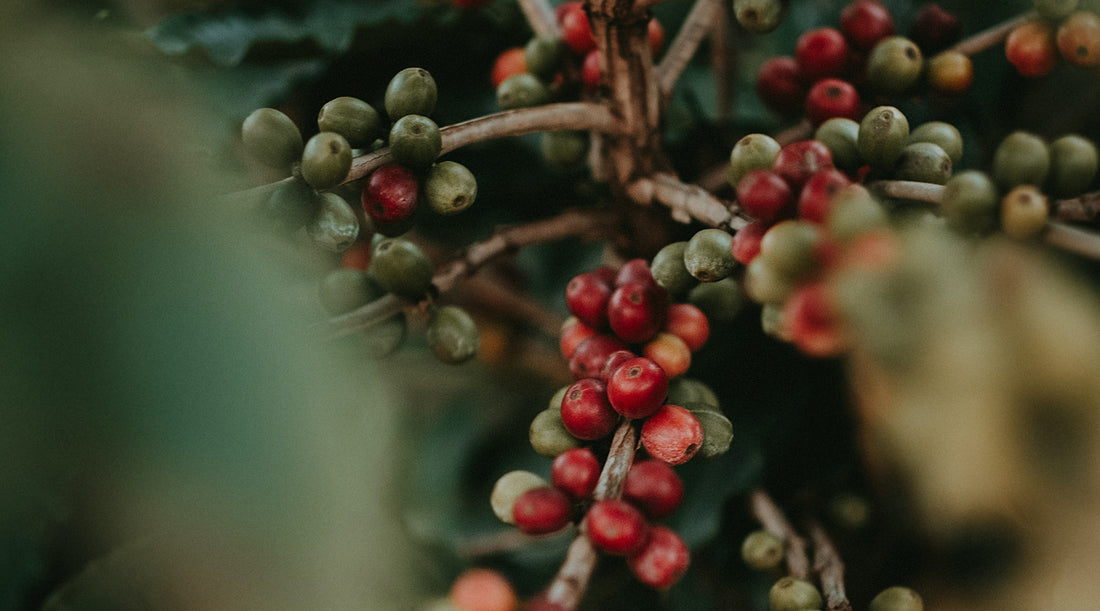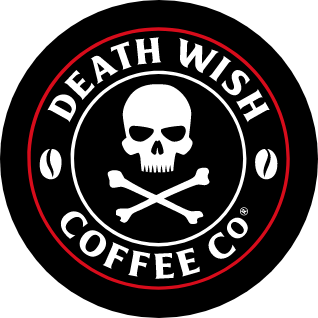
Everything You Need to Know About Cascara
Coffee TalkWith things ever-changing in the coffee industry, there are always new types of coffee stepping out on the scene, hoping to become the next big thing. This is no different for Cascara. Cascara, or coffee cherry tea as it is also known, has been on the rise since the early 2010s, but WTF is a coffee tea, and how is it made?
What is Cascara?
Let’s start from the beginning: Coffee beans are the seeds of a cherry-like fruit that is grown on coffee trees. The coffee beans are removed from this fruit, and the shell is often thrown to the side or recycled—but not with Cascara. Cascara means “husk,” “outer skin” or “peel” in Spanish and is the shell of the coffee seed. Cascara typically has a red coloring but can also be orange or yellow, depending on the ripeness of the fruit. Farmers often use this peeled husk and turn it into compost, but they also can collect it, dry it in the sun until it turns into a dark red (which can take several months) and then package it into Cascara.

Is Cascara Coffee or Tea?
Well, it may depend on who you ask, but it’s generally accepted as somewhere in the middle. Since it is made from the dried fruit shell of the coffee plant, it is a hybrid of both coffee and tea. Although it is a part of the coffee plant, it doesn’t taste anything like coffee, but it still has a complex and diverse flavor profile. The flavor is dependent on where it is grown, just like coffee! Generally, Cascara has a very sweet and fruity flavor profile. It can range from having notes of honey and raspberry to having notes of sweet cherry and tobacco. Most people steep the Cascara in hot water for a few minutes, strain the husks and enjoy! You can also add honey or sugar for a bit of extra sweetness or ginger, nutmeg or cinnamon for an added twist.
How Much Caffeine is in Cascara?
Now to everyone’s favorite part: the caffeine content—after all, Cascara does come from the coffee plant. Cascara does contain caffeine but not much—it has around 25 milligrams of caffeine per cup, compared to around 80 milligrams of caffeine for a typical cup of coffee. So, while Cascara isn’t packed full of caffeine, it does have some but is considered to be fairly low.
How is Cascara Made?
After the coffee beans are separated, the cherry skins are collected and washed. They are either washed with water, or they can also be put through a vaporized chamber that will heat them up and kill any potential bacteria. After they are washed, the drying process begins. Cascara can be dried in two ways: traditionally dried in the sun or in dehydrators. They are then packaged and shipped.
Cascara is a unique by-product of the coffee-making process that many farmers have turned into a delicious drink. Now, whether it’s coffee or tea, we’ll have to leave that up to you!
[Featured Image Credit: Eduardo Gorghetto via Unsplash]
